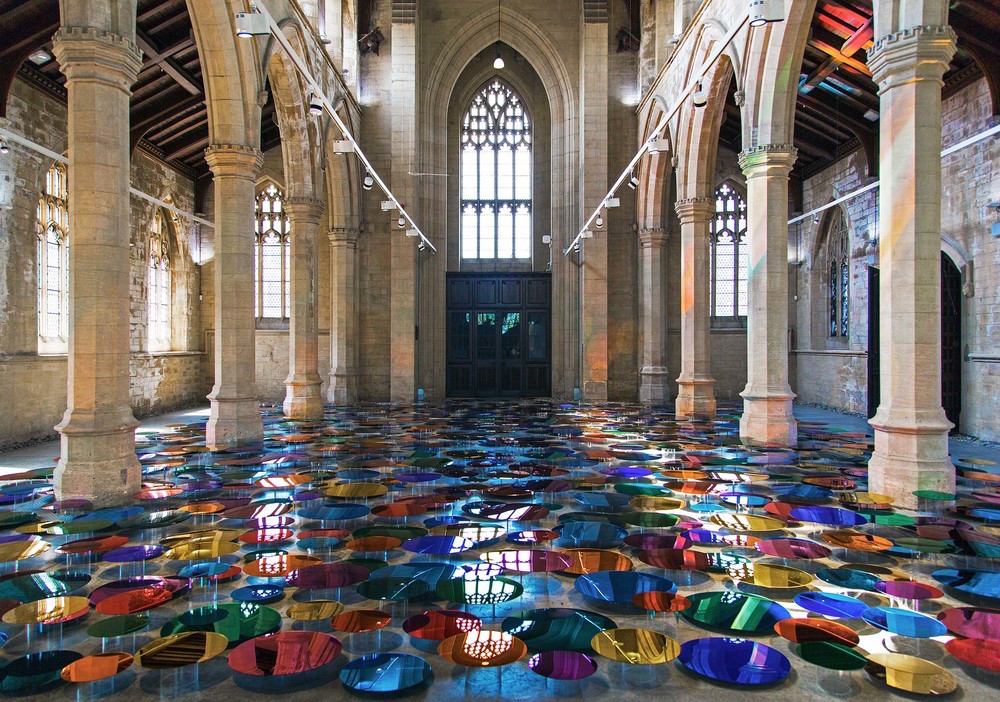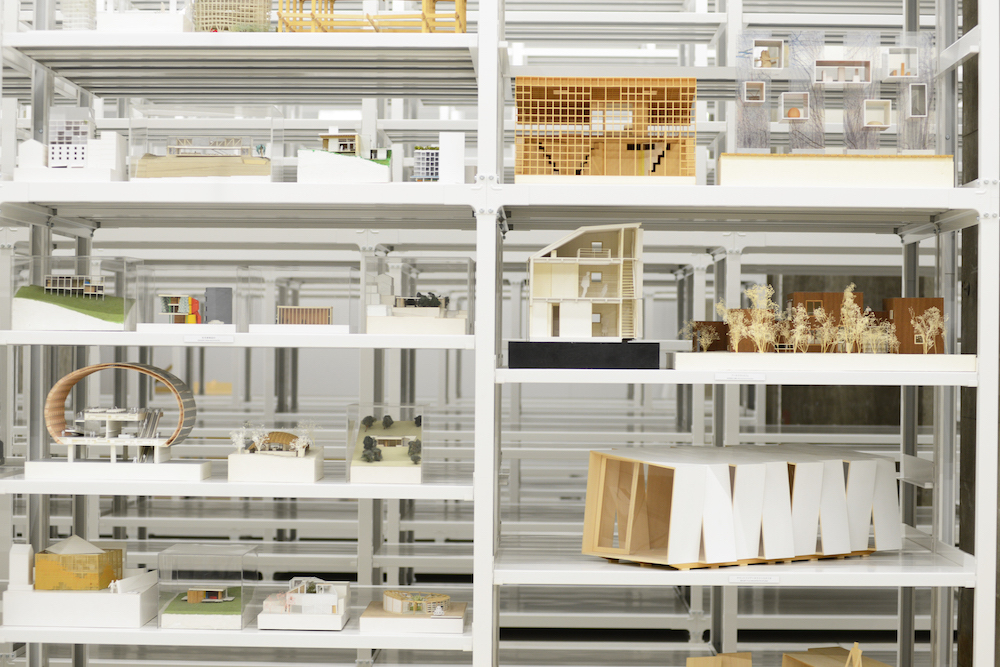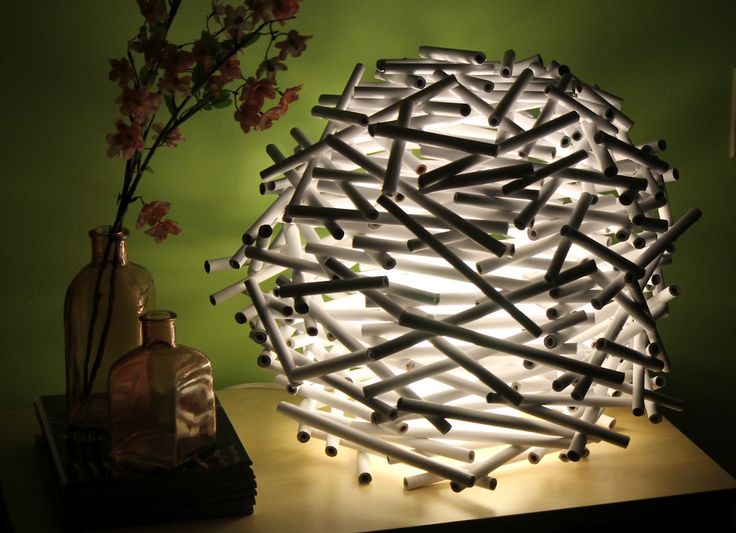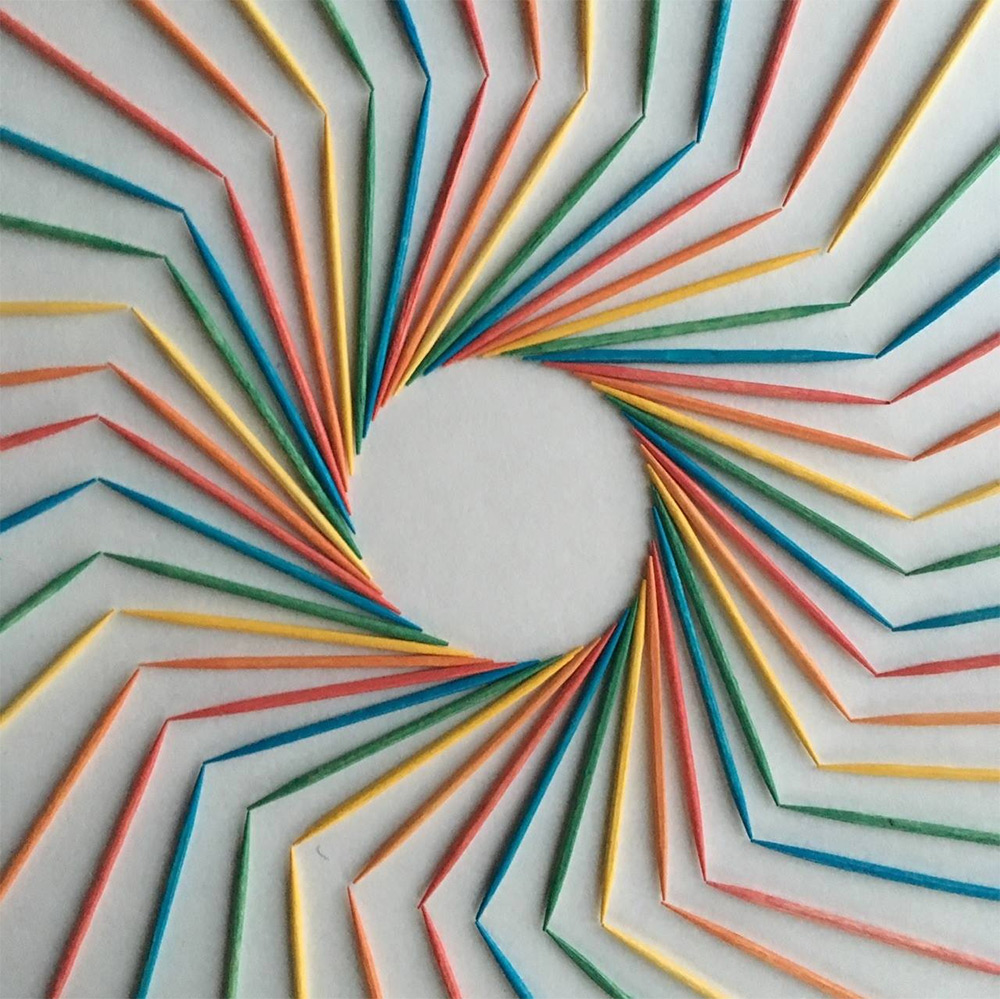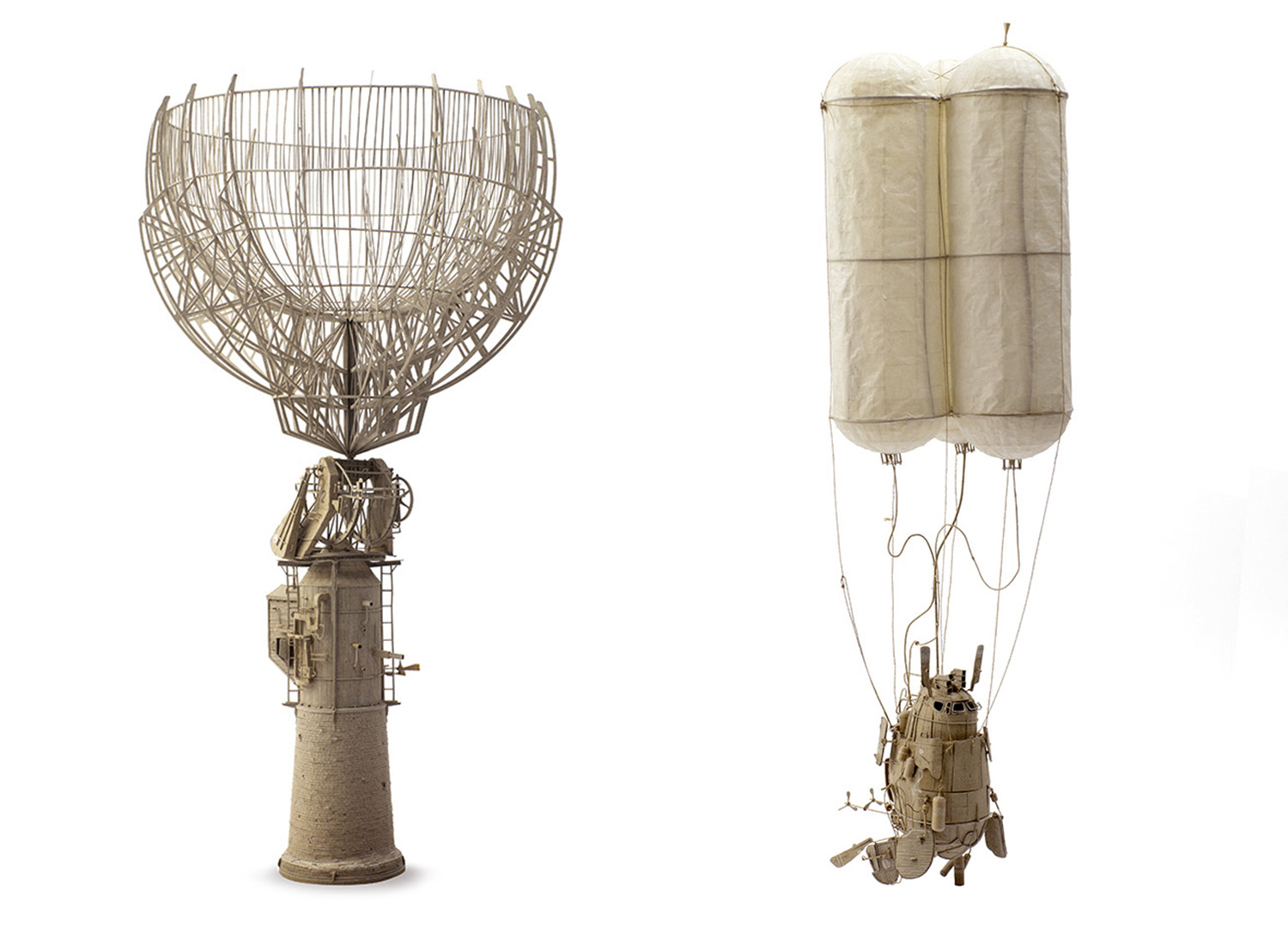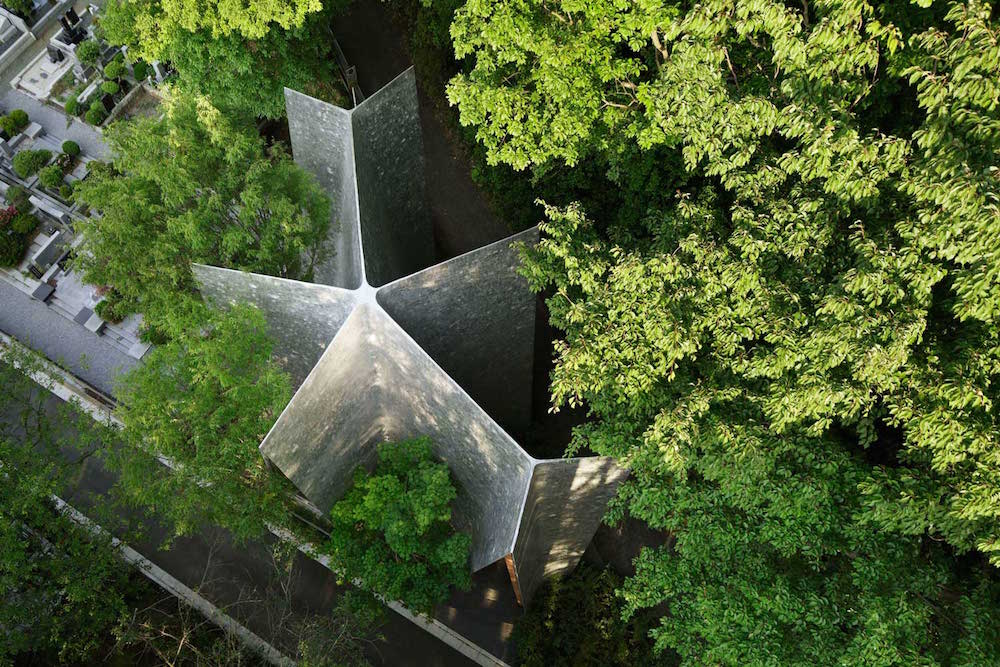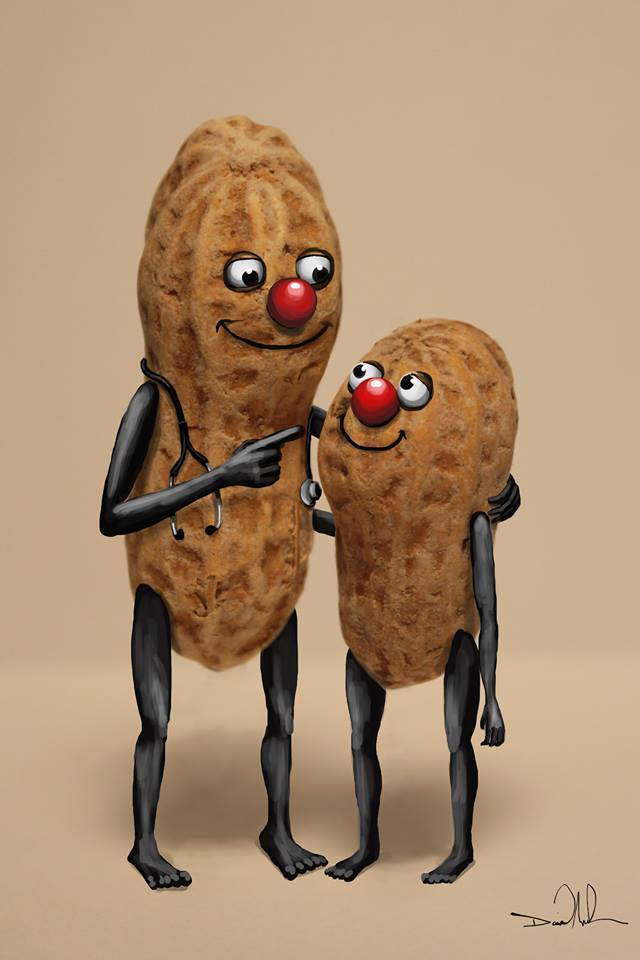David Byrne, the Artist, Is Totally Connected
Share
There’s a new gallery show and book of his whimsical line drawings — and coming this summer, an immersive art-and-science experience.
David Byrne is all about connectedness these days. “Everybody’s coming to my house/And I’m never gonna be alone,” he sings on Broadway in “American Utopia,” half joyful, half fretful, still open. His online magazine, “Reasons to Be Cheerful” — which bills itself as “a tonic for tumultuous times” — catalogs all the ways in which people are pulling together to make sure the world does not in fact go to hell in a handbasket. And on Feb. 2, he reprises this theme of connectedness at Pace Gallery in Chelsea with a show of 48 whimsical line drawings that span 20 years of art making, from his “tree” series of the early ’00s to the “dingbats” he made in lockdown in 2020-2021.
Byrne’s drawings are modest affairs, not much bigger than a standard sheet of paper. They compare perhaps with George Cruikshank’s illustrations for “Oliver Twist,” or John Tenniel’s for “Alice in Wonderland.” But when I dropped by the gallery two weeks ago to see them being hung, I found him some 15 feet up in the air, standing on a hydraulic lift as he labeled branches of an enormous tree he’d drawn on a wall that’s a good 20 feet high.
Tree drawings are like org charts: They define relationships. This one, titled “Human Content” and splayed in super-scale across the stark, white wall, is different in ways that are unique to Byrne. It shows not only branches but roots, and while the branches are labeled with familiar human categories — “nephews,” “boys,” “cousins,” “aunts,” “friends” — the roots bear the names of things that in one way or another affect our lives: “sugar,” “sand,” “boxes,” “words,” “wheels,” “holes,” “sauces.”
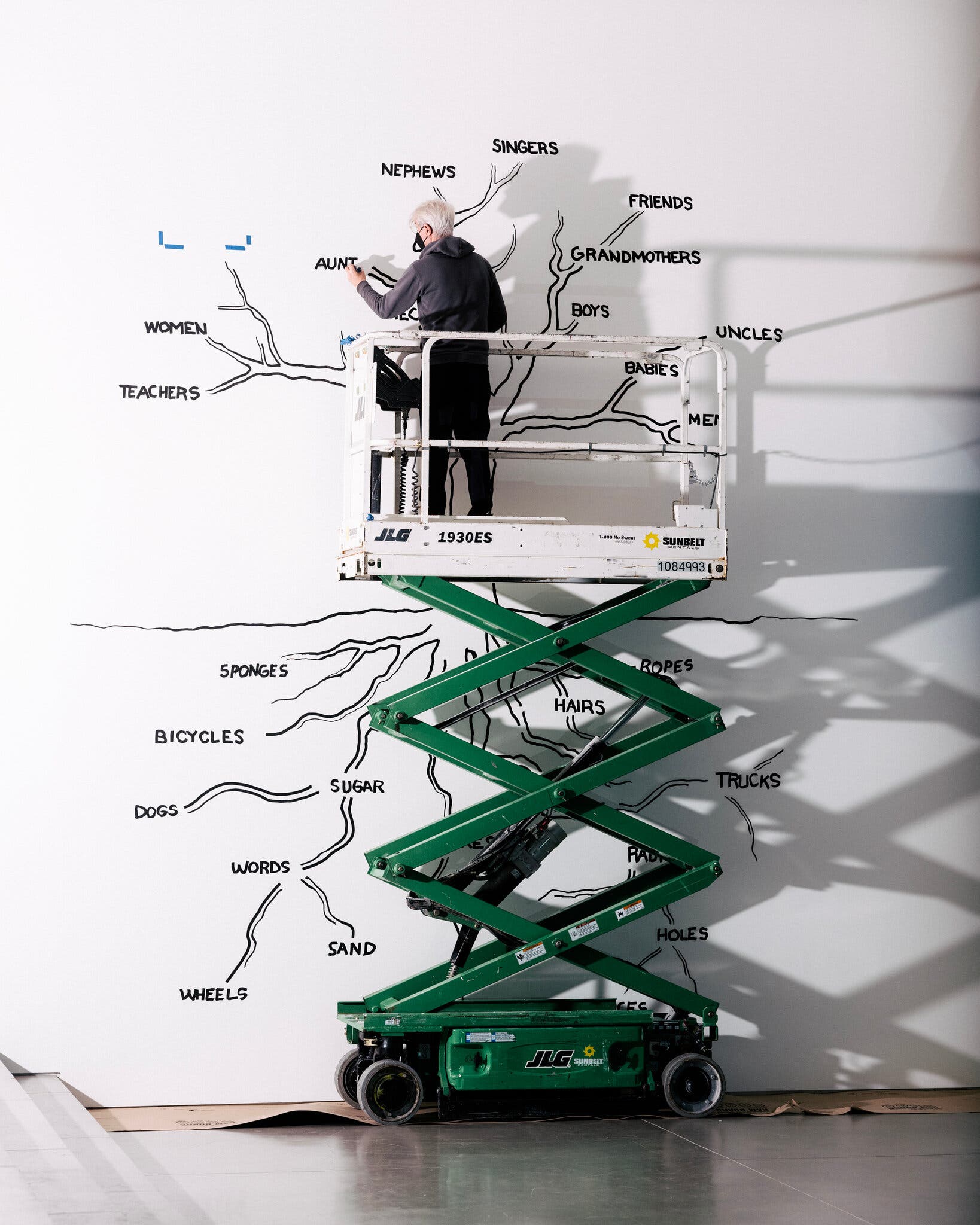
David Byrne installing one of his tree drawings, called “Human Content,” at Pace Gallery in New York City. Credit…
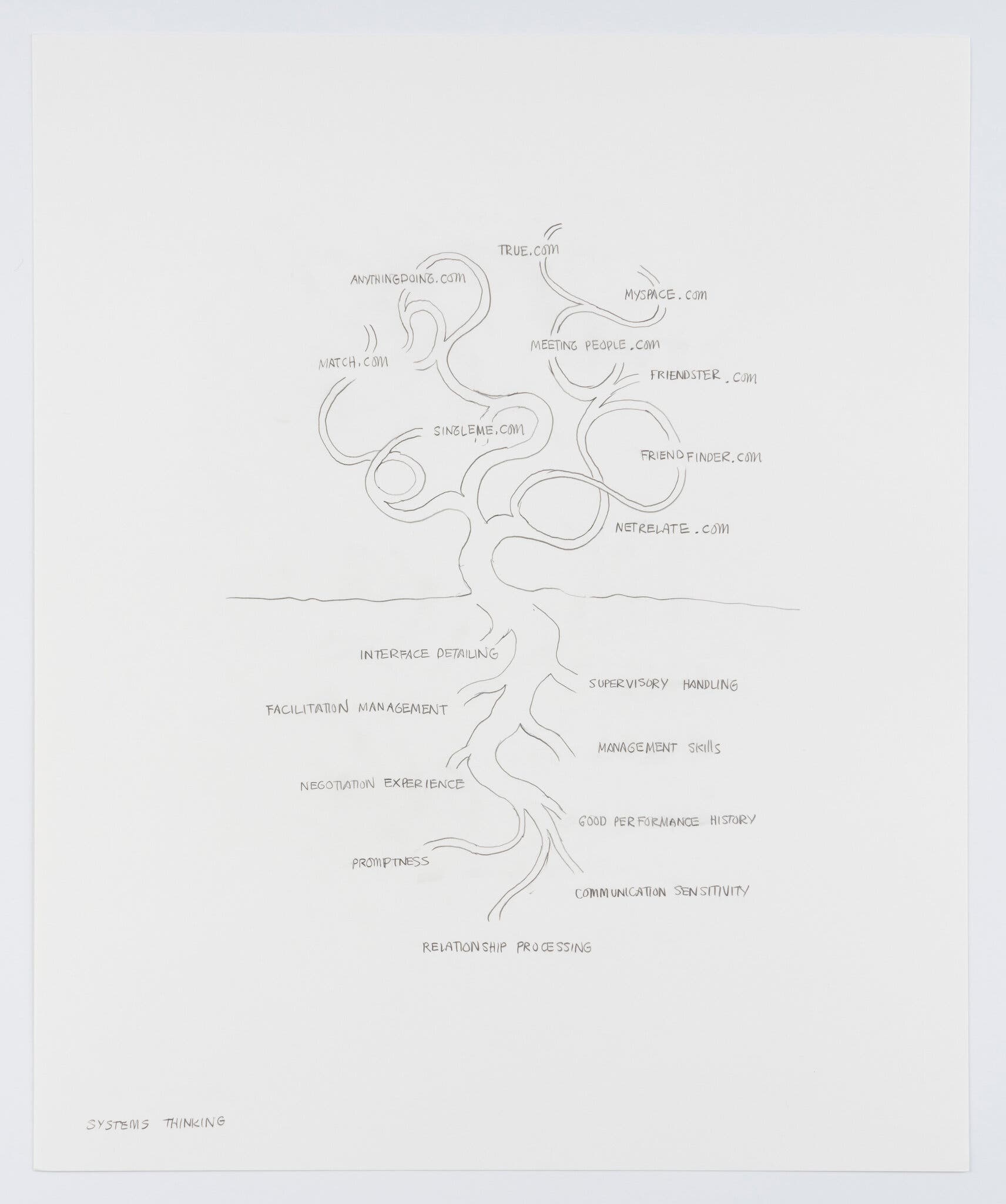
David Byrne, “Systems Thinking” (2003), pencil on paper. “I’m trying to imagine connections between things that we don’t normally think of as being connected,” he said of his tree drawings.Credit…David Byrne and Pace Gallery

David Byrne, “The Evolution of Eating Utensils” (2003), at Pace Gallery.Credit…David Byrne and Pace Gallery
With his tree drawings, he explained afterward as we sat at a huge conference table in a back-office section of the gallery, “I’m trying to imagine connections between things that we don’t normally think of as being connected. I just thought, let’s see if I can let my imagination run free with that. If I can imagine connections where connections aren’t usually presumed to exist.”
This whole connectedness thing may seem out of character for someone who gained prominence in the 1970s New Wave scene as the lead singer of Talking Heads, the avatar of alienation. “As a younger person, I was uncomfortable socially,” he confessed. “But as often happens with those things, many people just kind of grow out of it.”

Spread from “A History of the World (in Dingbats): Drawings & Words by David Byrne” (2022). Left, “Box Game”; right, “Intellectual Minefield.” Credit…Phaidon Press Ltd. Image
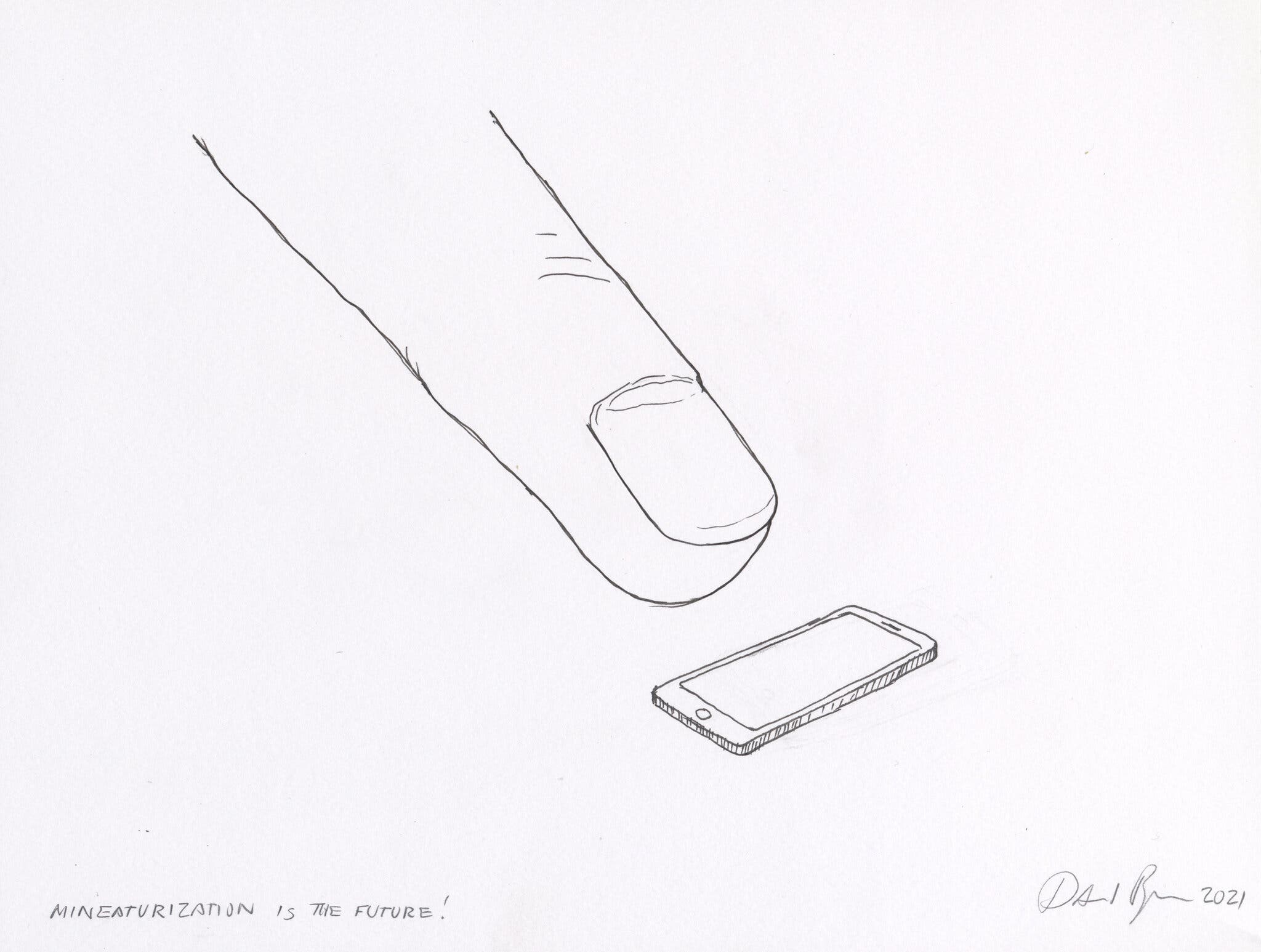
David Byrne, “Mineaturization Is The Future!” (2021), one of his dingbat drawings.Credit…David Byrne and Pace Gallery
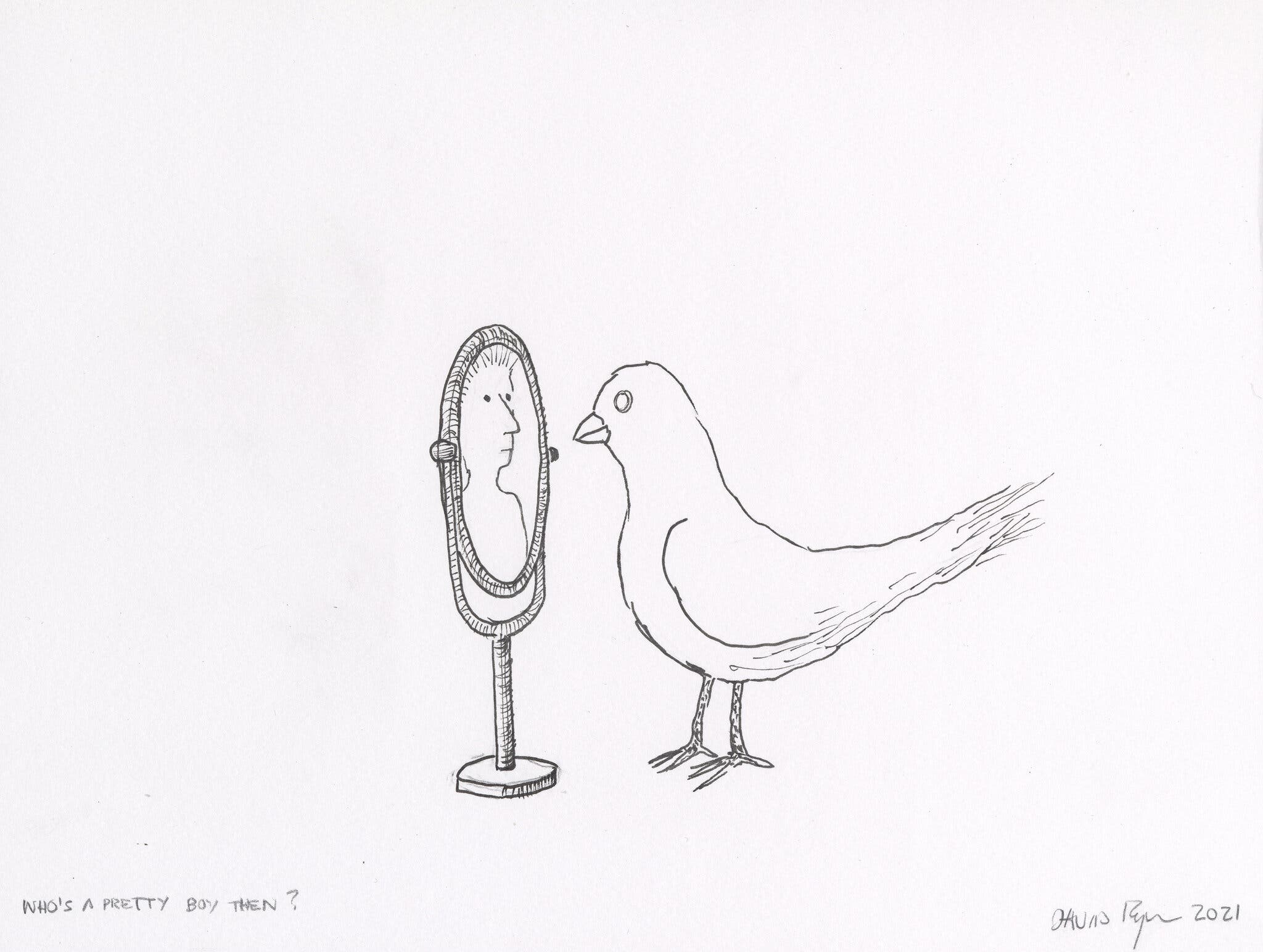
David Byrne, “Who’s a Pretty Boy Then?” (2021). His drawings are often about the toll of disconnectedness imposed by the pandemic. Byrne started making them in spring 2020.Credit…David Byrne and Pace Gallery
VIA : Nytimes
